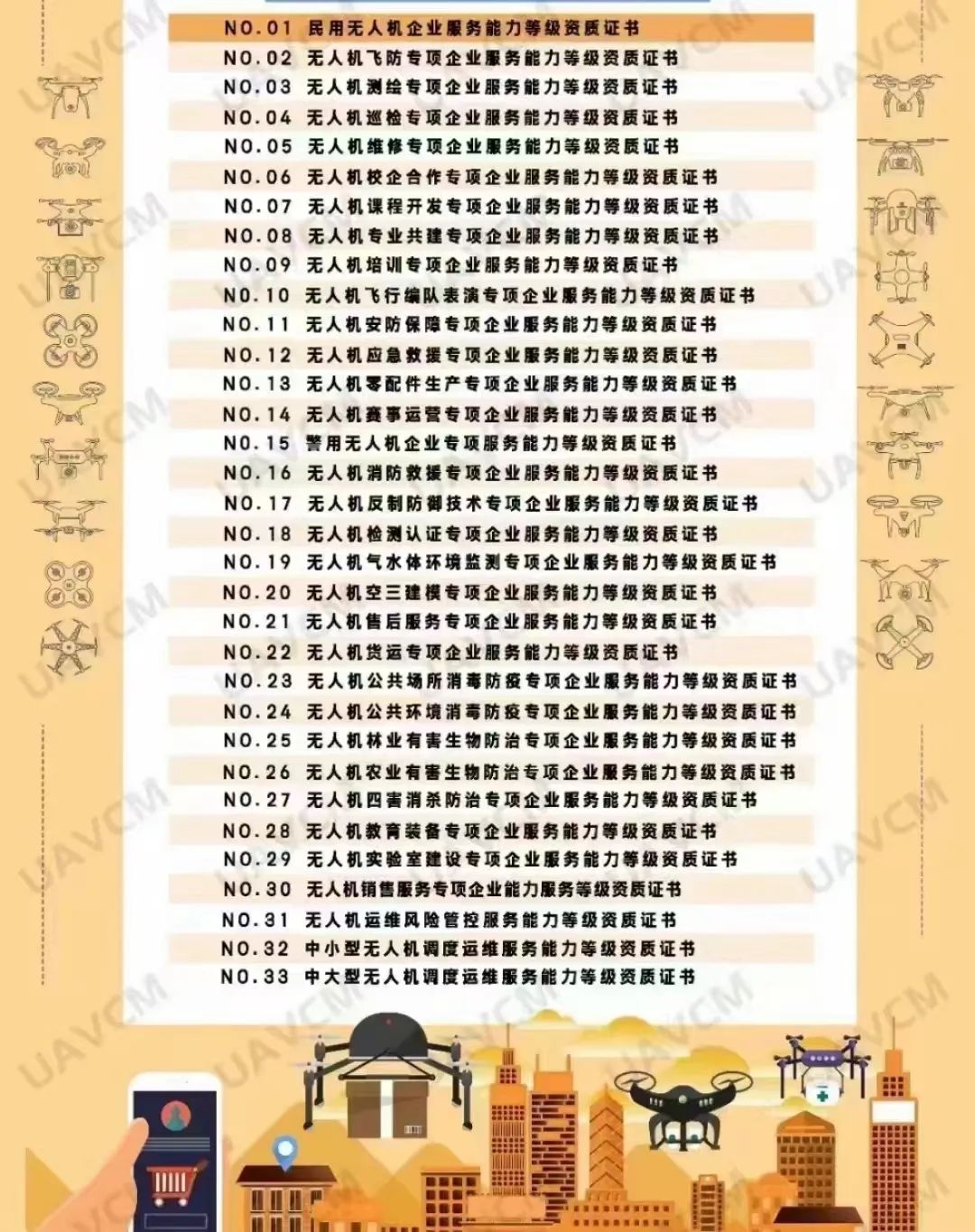文章目录
- 一、聚合查询
- 二、使用步骤
- 1.准备工作
- 2.具体使用
- 3.分组查询(annotate)
- 1.定义
- 2.使用
- 3.具体案例
- 4.F() 查询
- 1.定义
- 2.使用
- 5.Q() 查询
- 1.定义
- 2.查询
一、聚合查询
使用聚合查询前要先从 django.db.models 引入 Avg、Max、Min、Count、Sum(首字母大写)
聚合查询返回值的数据类型是字典
聚合查询使用aggregate()对查询集执行聚合操作,它允许我们使用数据库提供的聚合函数(如 COUNT(), AVG(), SUM(), MAX(), MIN() 等)来对查询集中的数据进行汇总计算,aggregate() 方法返回一个字典,字典的键是你指定的聚合函数别名,值是聚合计算的结果
queryset.aggregate(聚合函数)# 别名使用
queryset.aggregate(别名 = 聚合函数名("属性名称"))
# 例:
result = Book.objects.aggregate(average_price=Avg('price'), total_books=Count('id'))
# 结果示例: {'average_price': 100.25, 'total_books': 150}
二、使用步骤
1.准备工作
还是之前那个fa的项目目录,在views.py内引入
# 导入聚合函数
from django.db.models import Avg,Max,Min,Count,Sum
在models.py里面,定义一个Book模型
class Book(models.Model):title = models.CharField(max_length=255) # 书名author = models.CharField(max_length=255) # 作者price = models.DecimalField(max_digits=10, decimal_places=2) # 价格rating = models.FloatField() # 评分published_date = models.DateField() # 出版日期pages = models.IntegerField() # 页数def __str__(self):return self.title在数据库生成book表,执行下列命令
python manage.py makemigrations
python manage.py migrate
这个时候我们就有一张book的表了,我们自己手动塞入一些数据(这里就不做新增了),然后在下一步实现聚合函数的使用
随意添加的数据

2.具体使用
定义一个方法去使用聚合函数,我们在views.py里面添加一个方法
def getBookSomeInfo(request):# 计算书的平均价格average_price = models.Book.objects.aggregate(avg_price = Avg('price'))# 如果不加别名结果为: {'price__avg': 100.25}# 获取书的最高价格max_price = models.Book.objects.aggregate(Max('price'))# 获取书的最低价格min_price = models.Book.objects.aggregate(min_price = Min('price'))# 统计书的总数量# book_count = models.Book.objects.aggregate(Count('id'))book_count = models.Book.objects.aggregate(book_count = Count('id'))# 其实也可以使用 len(models.Book.objects.all()) / models.Book.objects.count()# 计算所有书的总价格total_price = models.Book.objects.aggregate(total_price = Sum('price'))return HttpResponse(f"平均价格: {average_price}, 最高价格: {max_price}, 最低价格: {min_price}, 总数量: {book_count}, 总价格: {total_price}")
在路由urls.py里面添加
path('getBookSomeInfo', views.getBookSomeInfo, name='getBookSomeInfo'),
访问链接http://127.0.0.1:8082/article/getBookSomeInfo

3.分组查询(annotate)
1.定义
annotate() 是 Django ORM 提供的一个方法,用于在查询集中为每个对象添加计算值。与 aggregate() 方法不同,annotate() 是逐个对象进行计算,而 aggregate() 是对整个查询集进行计算,并返回一个汇总结果
2.使用
使用前要先从 django.db.models 引入聚合函数,annotate() 方法接受一个或多个聚合函数作为参数,这些聚合函数会被应用到查询集中,并将结果作为额外字段添加到每个对象上
queryset.annotate(聚合函数)
3.具体案例
我们先修改一下刚刚定义的Book模型,同时增加一个作者User模型
class User(models.Model):name = models.CharField(max_length=255) # 作者名称def __str__(self):return self.nameclass Book(models.Model):title = models.CharField(max_length=255) # 书名# author = models.CharField(max_length=255) # 作者user = models.ForeignKey(User, related_name='books', null=True, on_delete=models.CASCADE) # 作者price = models.DecimalField(max_digits=10, decimal_places=2) # 价格rating = models.FloatField() # 评分published_date = models.DateField() # 出版日期pages = models.IntegerField() # 页数def __str__(self):return self.title执行命令生成数据表,user表和book表都先手动写入数据,不通过程序写入数据
views.py增加方法
def getBookFormUser(request):# 计算每个作者的书籍数量# 这里的 'books' 是 models.User 类中定义的外键名称,如果外键名称不是 'books' 则需要修改users_with_book_count = models.User.objects.annotate(book_count = Count('books'))users_with_book_count_str = ''# 输出每个作者的书籍数量for user in users_with_book_count:users_with_book_count_str += f"{user.name} has {user.book_count} books.\n"# 计算每个作者的书籍平均价格# books__price 代表 books 外键的 price 字段users_with_avg_price = models.User.objects.annotate(avg_price = Avg('books__price'))users_with_avg_price_str = ''# 输出每个作者的书籍平均价格for user in users_with_avg_price:users_with_avg_price_str += f"{user.name} has an average book price of {user.avg_price}.\n"# 计算每个作者的书籍总价格和最高评分users_with_totals = models.User.objects.annotate(total_price = Sum('books__price'), highest_rating = Max('books__rating'))users_with_totals_str = ''# 输出每个作者的书籍总价格和最高评分for user in users_with_totals:users_with_totals_str += f"{user.name} has a total book price of {user.total_price} and the highest rating is {user.highest_rating}.\n"# 返回带有换行符的 HTML 响应,确保编码为UTF-8return HttpResponse(f"每个作者的书籍数量: <br>{users_with_book_count_str}<br>"f"每个作者的书籍平均价格: <br>{users_with_avg_price_str}<br>"f"每个作者的书籍总价格和最高评分: <br>{users_with_totals_str}",content_type="text/html; charset=utf-8")
增加路由
path('getBookFormUser', views.getBookFormUser, name='getBookFormUser'),
访问链接http://127.0.0.1:8000/article/getBookFormUser

4.F() 查询
1.定义
F() 表达式用于在数据库中直接引用字段的值,而不是将值从数据库取出后再进行计算。它允许你在数据库层面进行原子性的计算操作,从而避免出现竞争条件或数据不同步的问题,常用于以下场景:
对字段值进行加减、乘除等数学运算。
比较同一个模型中不同字段的值。
更新字段时直接使用该字段的当前值。
2.使用
要使用 F() 表达式,你需要从 django.db.models 中导入 F 类
from django.db.models import F
- 字段值的更新(如:增加浏览数)
- 先更新一下Book模型
class Book(models.Model):title = models.CharField(max_length=255) # 书名# author = models.CharField(max_length=255) # 作者user = models.ForeignKey(User, related_name='books', null=True, on_delete=models.CASCADE) # 作者price = models.DecimalField(max_digits=10, decimal_places=2) # 价格rating = models.FloatField() # 评分published_date = models.DateField() # 出版日期pages = models.IntegerField() # 页数views = models.IntegerField(default=0) # 浏览量def __str__(self):return self.title
- 定义方法和路由
def addViews(request):# 增加阅读量article_id = 1models.Book.objects.filter(id=article_id).update(views=F('views') + 1)return HttpResponse('Views added successfully')path('addViews', views.addViews, name='addViews'),
- 访问链接
http://127.0.0.1:8000/article/addViews

- 一些其他场景
定义方法和路由
def someOtherInfo(request):# 比较同一个模型的两个字段的值# 获取 price 大于 discount_price 的商品,这个查询会返回所有 price 大于 discount_price 的 Product 实例# 注意:F() 函数用于引用其他字段的值,不能用于直接比较两个字段的值,price和views都是字段名book_gt_discount = models.Book.objects.filter(price__gt=F('views'))book_gt_discount_str = ''for item in book_gt_discount:book_gt_discount_str += f"Book {item.id} has a price of {item.price} and views of {item.views}\n"# 多字段运算# 获取所有books的总价格和评分的乘积# 使用 F() 表达式在 annotate 中books = models.Book.objects.annotate(total_price=F('price') * F('views'))str_books = ''for item in books:str_books += f"Book {item.id} has total price {item.total_price}\n"# 查询时对字段进行运算# 获取book的价格大于其views加500的书籍high_books = models.Book.objects.filter(price__gt=F('views') + 500.00)high_books_str = ''for item in high_books:high_books_str += f"Book {item.id} has a price of {item.price}\n"return HttpResponse(f"book_gt_discount: <br>{book_gt_discount_str}<br>"f"str_books: <br>{str_books}<br>"f"high_books_str: <br>{high_books_str}",content_type="text/html; charset=utf-8")path('someOtherInfo', views.someOtherInfo, name='someOtherInfo'),
访问链接http://127.0.0.1:8000/article/someOtherInfo

5.Q() 查询
1.定义
Q() 对象来自 django.db.models,用于创建复杂的查询条件。你可以使用它来结合多个条件,执行与(AND)或或(OR)操作,甚至是非(NOT)操作,尤其是在需要执行“OR”操作或者需要多个条件组合时非常有用。Q() 对象使得构建复杂的查询变得更加灵活和强大,
使用前还是先导入
from django.db.models import Q
2.查询
定义方法和路由
def searchByq(request):# 按价格和阅读量查询书籍# 注意:Q() 函数用于构建复杂的查询条件,可以与其他条件组合使用# 这里的 Q() 函数与 price__gt 条件组合使用,表示价格大于 500.00# 与 views__gt 条件组合使用,表示阅读量大于 1books_and = models.Book.objects.filter(Q(price__gt=500.00) & Q(views__gt=1))books_and_str = ''for item in books_and:books_and_str += f"Book {item.id} has a price of {item.price} and views of {item.views}\n"# 按价格或阅读量查询书籍# 这里的 Q() 函数与 price__gt 条件组合使用,表示价格大于 500.00# 与 views__gt 条件组合使用,表示阅读量大于 1books_or = models.Book.objects.filter(Q(price__gt=500.00) | Q(views__gt=1))books_or_str = ''for item in books_or:books_or_str += f"Book {item.id} has a price of {item.price} and views of {item.views}\n"# 按价格范围查询书籍# 这里的 Q() 函数与 price__range 条件组合使用,表示价格在 500.00 到 1000.00 之间books_range = models.Book.objects.filter(Q(price__range=(500.00, 1000.00)))books_range_str = ''for item in books_range:books_range_str += f"Book {item.id} has a price of {item.price}\n"# not 查询 这里使用的 ~Q() 函数表示价格不大于 500.00books_not = models.Book.objects.filter(~Q(price__gt=500.00))books_not_str = ''for item in books_not:books_not_str += f"Book {item.id} has a price of {item.price}\n"return HttpResponse(f"books_and_str: <br>{books_and_str}<br>"f"books_or_str: <br>{books_or_str}<br>"f"books_range_str: <br>{books_range_str}"f"books_not_str: <br>{books_not_str}",content_type="text/html; charset=utf-8")path('searchByq', views.searchByq, name='searchByq'),
访问链接http://127.0.0.1:8000/article/searchByq
















![LeetCode[中等] 3. 无重复字符的最长子串](https://i-blog.csdnimg.cn/direct/d9d14e09e75947e9b5b44e752b404484.png)



